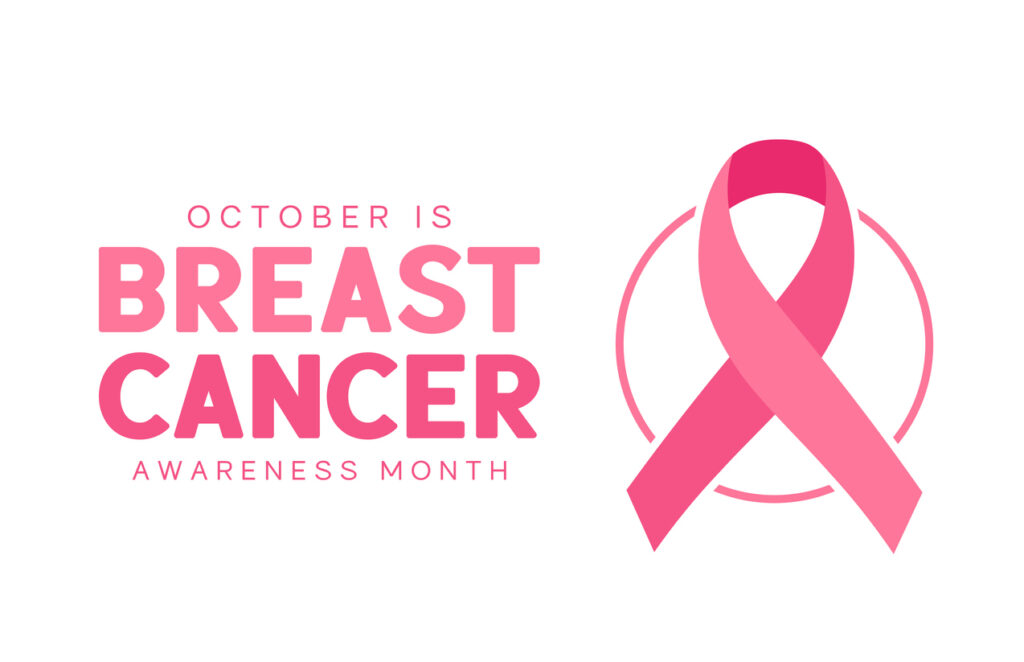Hair loss from chemotherapy can take a devastating toll on a cancer patient’s self-esteem and quality of life, but scalp cooling can help preserve hair if patients have access to the technology.
New York is the first state in the country to mandate insurance coverage for scalp cooling therapy, and the hope is that other states will follow the Empire State’s lead.
Passed in 2024, the New York state law requires large group health insurance policies to cover scalp cooling systems for cancer patients undergoing chemotherapy, effective January 1, 2026. Several major hospitals in New York, including Memorial Sloan Kettering and Mount Sinai, offer these systems.
What Matters Most to Survivors
October is National Breast Cancer Awareness month, and Memorial Sloan Kettering Cancer Center in New York, NY, hosted a media event to spotlight what matters most to breast cancer survivors, including hair preservation.
“Awareness about scalp cooling has grown significantly over the last few years,” says Andrea Smith, MSN, RN, CBCN, an Outpatient Nurse Leader at Memorial Sloan Kettering Cancer Center.
Exactly how much hair a patient is left with after scalp cooling depends on the amount of hair they started with, the health of their hair and scalp before treatment, and the type and dose of the chemotherapy medication they are receiving.
The New York legislation should help people access scalp cooling and prevent chemotherapy-induced hair loss.
“We do a benefit review first before a patient is enrolled, and then we tell them if they are covered before they are responsible for the cost,” she says, noting that it can be prohibitively expensive for many.
Scalp cooling does have some side effects, she says. “Some people may experience anxiety, and we can prescribe anti-anxiety medication to help with that,” Smith says. “They may get a headache, and we can give them acetaminophen, and for nausea, we can prescribe antiemetics,” she says. “We provide blankets and try to make patients as comfortable as possible during scalp cooling.”


